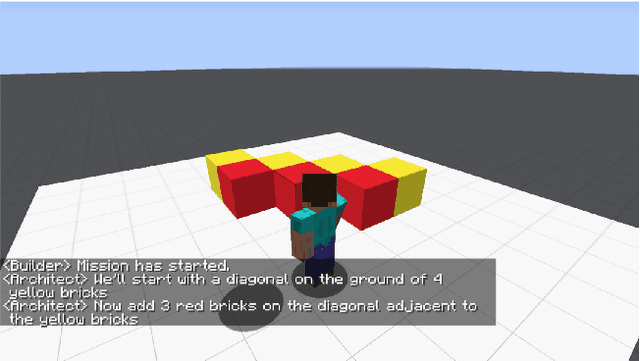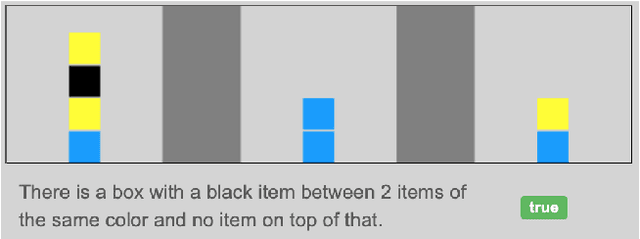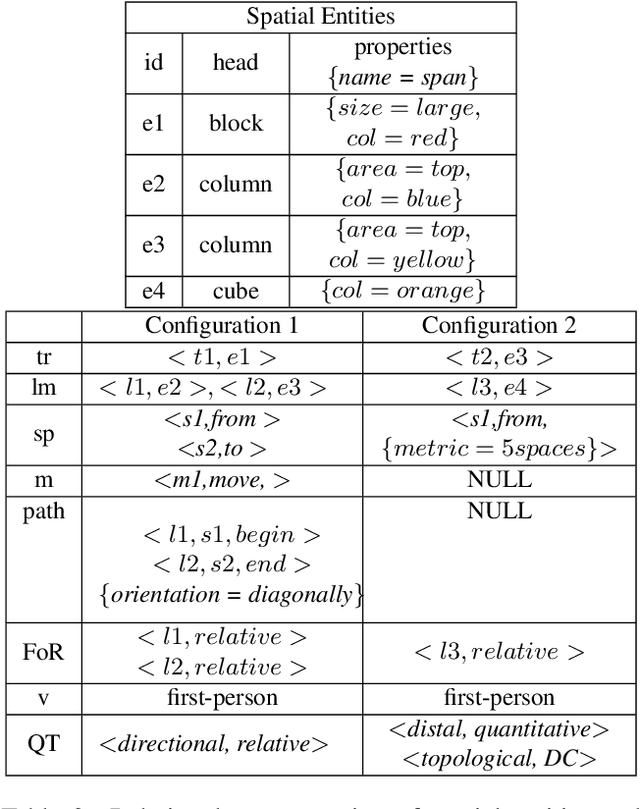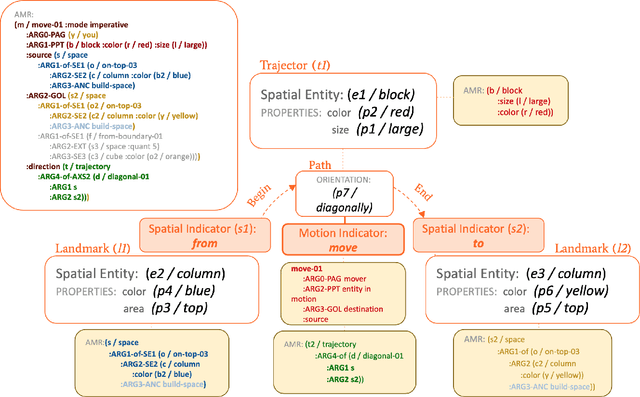Julia Bonn
CAMRA: Copilot for AMR Annotation
Nov 18, 2023Abstract:In this paper, we introduce CAMRA (Copilot for AMR Annotatations), a cutting-edge web-based tool designed for constructing Abstract Meaning Representation (AMR) from natural language text. CAMRA offers a novel approach to deep lexical semantics annotation such as AMR, treating AMR annotation akin to coding in programming languages. Leveraging the familiarity of programming paradigms, CAMRA encompasses all essential features of existing AMR editors, including example lookup, while going a step further by integrating Propbank roleset lookup as an autocomplete feature within the tool. Notably, CAMRA incorporates AMR parser models as coding co-pilots, greatly enhancing the efficiency and accuracy of AMR annotators. To demonstrate the tool's capabilities, we provide a live demo accessible at: https://camra.colorado.edu
Human-guided Collaborative Problem Solving: A Natural Language based Framework
Jul 19, 2022
Abstract:We consider the problem of human-machine collaborative problem solving as a planning task coupled with natural language communication. Our framework consists of three components -- a natural language engine that parses the language utterances to a formal representation and vice-versa, a concept learner that induces generalized concepts for plans based on limited interactions with the user, and an HTN planner that solves the task based on human interaction. We illustrate the ability of this framework to address the key challenges of collaborative problem solving by demonstrating it on a collaborative building task in a Minecraft-based blocksworld domain. The accompanied demo video is available at https://youtu.be/q1pWe4aahF0.
From Spatial Relations to Spatial Configurations
Jul 19, 2020



Abstract:Spatial Reasoning from language is essential for natural language understanding. Supporting it requires a representation scheme that can capture spatial phenomena encountered in language as well as in images and videos. Existing spatial representations are not sufficient for describing spatial configurations used in complex tasks. This paper extends the capabilities of existing spatial representation languages and increases coverage of the semantic aspects that are needed to ground the spatial meaning of natural language text in the world. Our spatial relation language is able to represent a large, comprehensive set of spatial concepts crucial for reasoning and is designed to support the composition of static and dynamic spatial configurations. We integrate this language with the Abstract Meaning Representation(AMR) annotation schema and present a corpus annotated by this extended AMR. To exhibit the applicability of our representation scheme, we annotate text taken from diverse datasets and show how we extend the capabilities of existing spatial representation languages with the fine-grained decomposition of semantics and blend it seamlessly with AMRs of sentences and discourse representations as a whole.
 Add to Chrome
Add to Chrome Add to Firefox
Add to Firefox Add to Edge
Add to Edge